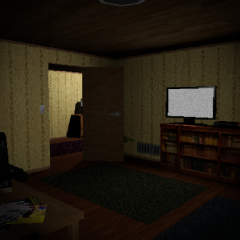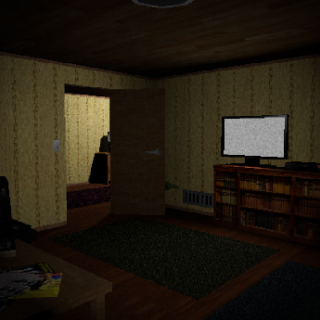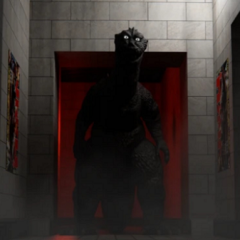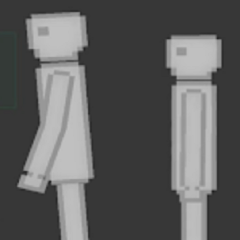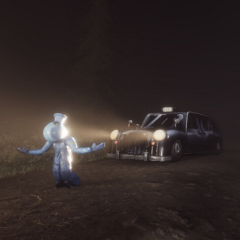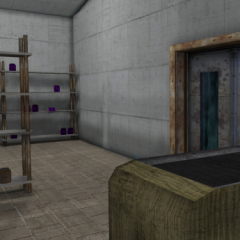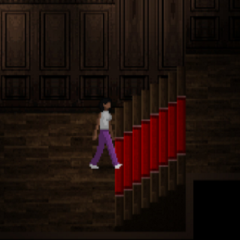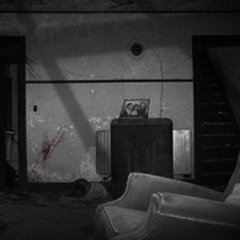Let Me Inside begins with a detective arriving in a quiet town after a case that refuses to close. The details are simple but incomplete: a man killed inside his apartment, no forced entry, no sign of struggle. The detective rents a small house near the site to continue the investigation on his own. The move is meant to be temporary, but the silence of the new place begins to weigh on him. Every sound at night becomes suspect. The town feels distant, and the house feels alive. The detective writes notes to keep track of events, but his observations start to contradict themselves.
Inside the House
The story centers on the space the detective occupies. The house is narrow, old, and strangely symmetrical. Doors close by themselves, and the air carries faint vibrations. The gameplay focuses on small actions—checking locks, adjusting light, and observing subtle changes. Time seems to pass unevenly, and the player learns to recognize shifts that signal danger. The detective’s purpose is not to solve the murder anymore but to stay sane inside a place that watches him. The tension grows from repetition, as if the house tests his patience and memory.
The Loop of Fear
The structure of Let Me Inside can be broken into a recurring cycle that defines each night:
· Examine the house before darkness falls.
· Note any new marks or sounds from outside.
· Respond only when absolutely necessary.
· Avoid actions that disturb the quiet.
· Wait for morning that may not come.
This pattern builds a rhythm that the player must maintain. Every night repeats with minor variations, eroding confidence and rhythm. What starts as habit turns into ritual. The more control the detective tries to keep, the less he seems to have.
The Presence Beyond the Door
The game shifts when the detective realizes that something is asking to come inside. The knocks grow rhythmic, almost human, and the voice that follows seems to know his name. The player faces a choice: ignore the presence or answer it. Neither leads to safety. The intrusion becomes inevitable, and the line between investigator and victim disappears. The house begins to mirror the detective’s own fear, making every shadow appear familiar.
What Remains
Let Me Inside ends with uncertainty. The detective may open the door, or the door may open itself. The difference no longer matters. The title becomes a statement rather than a plea—an acceptance of what was always there. The player is left unsure whether the danger came from outside or from within the detective’s mind. The silence that follows suggests that once something is allowed in, it never truly leaves.

